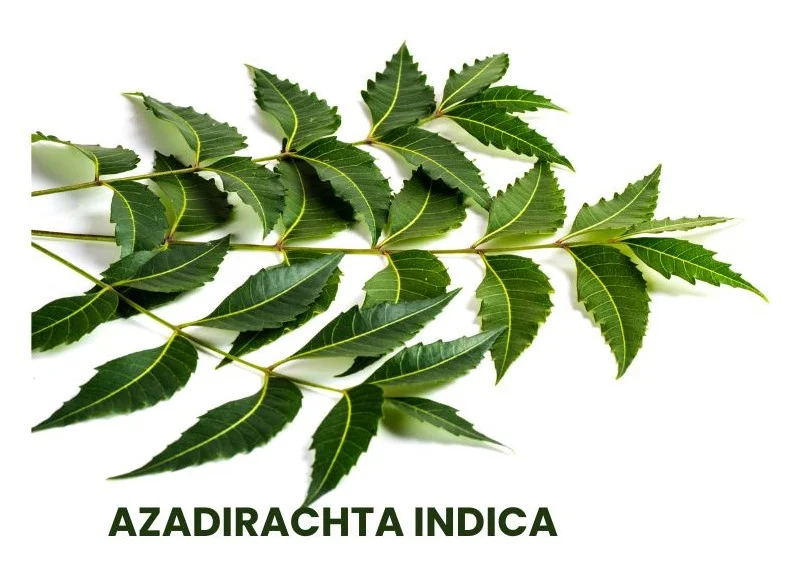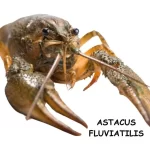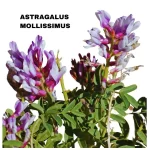Azadirachta Indica, commonly known as Margosa Bark or Neem, is a homeopathic remedy with a range of effects on the body.
It is derived from the bark of the Neem tree, which is native to the Indian subcontinent and is known for its various medicinal properties.

SOURCE INFORMATION
- Kingdom: Plantae
- Clade: Tracheophytes
- Class: Angiosperms
- Order: Sapindales
- Family: Meliaceae
- Genus: Azadirachta
- Species: A. indica
Origin
Azadirachta Indica, commonly known as Margosa or Neem, is native to the Indian subcontinent.
It is found in countries like India, Pakistan, Bangladesh, and some parts of Southeast Asia.
Neem has been traditionally cultivated and used in various cultures for its medicinal properties.
Historical Facts
- The historical use of Neem dates back thousands of years in traditional Indian medicine, Ayurveda.
- Neem has been extensively mentioned in ancient Indian texts for its therapeutic properties.
- The tree has a cultural significance and is often referred to as “Sarva Roga Nivarini” in Sanskrit, meaning “The curer of all ailments.”
- Different parts of the Neem tree, including the bark, leaves, seeds, and oil, have been utilized for their medicinal benefits.
- In Ayurvedic practices, Neem has been employed for its antibacterial, antiviral, antifungal, and anti-inflammatory properties.
Modern Usage
- Neem continues to be a vital component in Ayurvedic and traditional medicine.
- Its medicinal properties have gained attention globally, leading to the incorporation of Neem-based products in various industries, such as pharmaceuticals, cosmetics, and agriculture.
DRUG PATHOGENESIS
- Afternoon fever and rheumatic pains are characteristic symptoms induced by Azadirachta Indica.
- Pain is notable in the sternum, ribs, back, shoulders, and extremities.
- Heat, pricking, and aching sensations are experienced in the hands, especially the palms, fingers, and toes.
KEY CHARACTERISTICS
Head Symptoms
- Forgetfulness.
- Giddiness upon rising.
- Headaches with scalp sensitivity.
- Burning eyes with pain in the right eyeball.
Fever
- Slight chill followed by afternoon fever.
- Glowing heat in the face, hands, and feet.
- Copious sweat on the upper part of the body.
Particular Disease Symptoms
- Rheumatic pains in various parts, especially in the afternoon.
- Pain in the sternum, ribs, back, shoulders, hands, and feet.
- Heat, pricking, and aching sensations in the hands, palms, fingers, and toes.
REMEDY RELATIONSHIP
- Compare with Cedron for its potential similarities in fever-related symptoms.
- Natrum Muriaticum shares some characteristics with Azadirachta Indica.
- Arsenic is another remedy to consider in relation to Azadirachta Indica.
DOSE
Administer Azadirachta Indica in various potencies based on the individual’s symptoms and the totality of the case. Common potencies include the third to thirtieth.
Frequently Asked Questions
What are the key characteristics of Azadirachta Indica?
- Key characteristics include afternoon fever, rheumatic pains, and sensations of heat, pricking, and aching in the hands and feet.
What kind of headache does Azadirachta Indica cause?
- Headaches are characterized by scalp sensitivity, burning eyes, and pain in the right eyeball.
When is the fever most prominent with Azadirachta Indica?
- Afternoon fever is a characteristic symptom, accompanied by glowing heat in the face, hands, and feet.
Which remedies can be compared with Azadirachta Indica?
- Cedron and Natrum Muriaticum share some similarities, and Arsenic is also considered in relation to Azadirachta Indica.
Meaning of Difficult Words
- Sternum: The breastbone.
- Rheumatic: Relating to or suffering from aches in the muscles, joints, or bones.
- Pricking: Sharp, pointed sensations.
- Copious: Abundant or profuse.
- Tonicity: The state of being tonic or having the ability to restore or improve health and vigor.













Leave a Reply